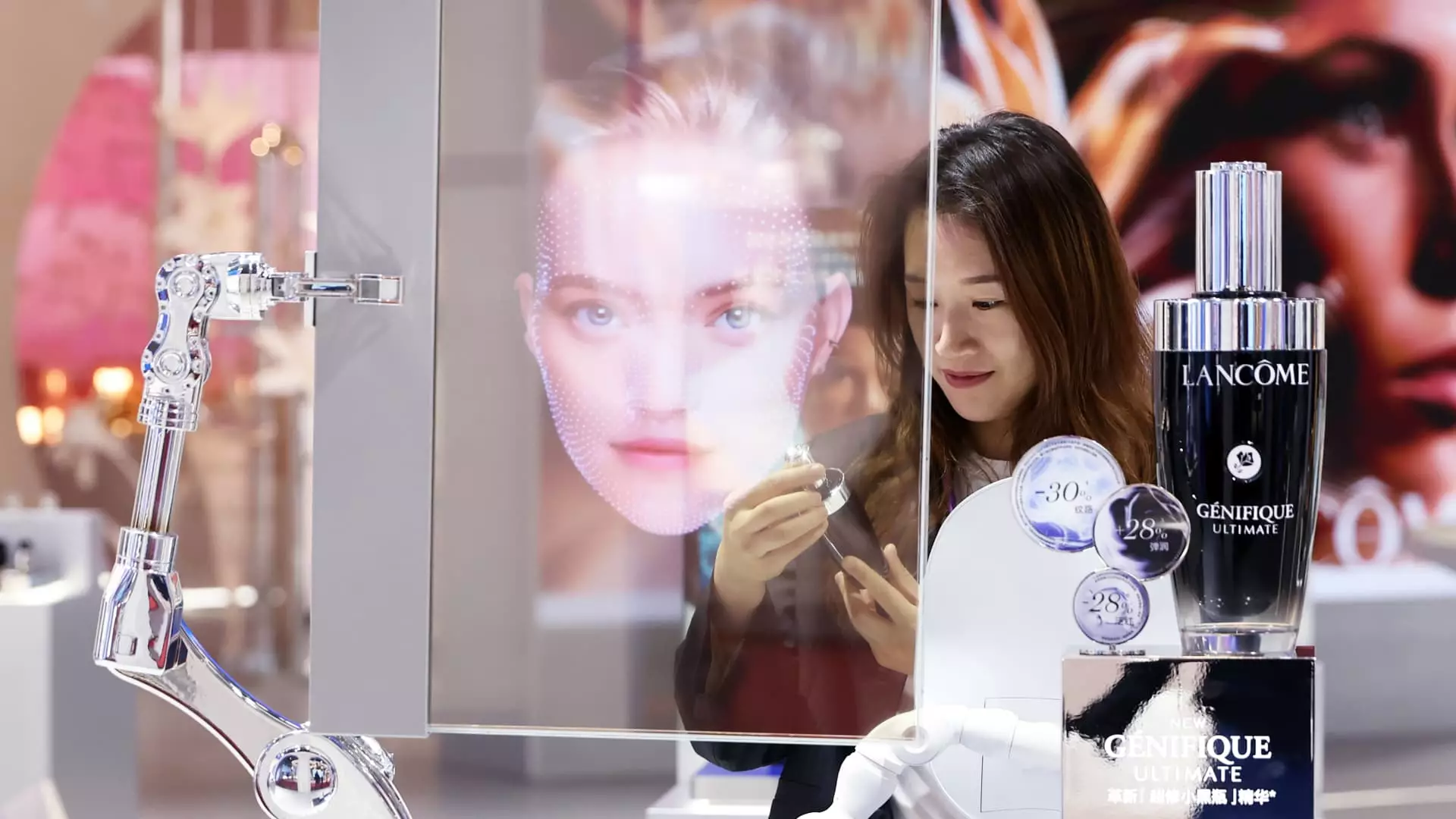In recent quarterly earnings released by L’Oreal, the French cosmetics powerhouse revealed a concerning trend of lower-than-anticipated sales figures. The results for the fourth quarter showcased a modest increase of 2.5% on a like-for-like basis, totaling 11.08 billion euros ($11.49 billion). However, this figure failed to meet the analyst consensus of 11.1 billion euros as projected in an LSEG poll. Notably, this underperformance can largely be attributed to an ongoing slowdown in demand within critical markets such as the United States and China—two regions that are pivotal to the company’s overall revenue strategy.
The report indicates sales improvements in all regions except for North Asia, which experienced a notable decline of 3.6%. This decline is part of a broader trend that has seen a diminished appetite for luxury beauty products in a market once characterized by rapid growth. L’Oreal’s results reflect an increasing challenge for the industry as a whole, which has faced dramatic shifts in consumer behavior and spending patterns.
Regional Disparities and Growth Segments
Further analysis reveals that although North America saw a slight sales growth of 1.4%, this marks a significant decrease from the 5.2% increase seen in the previous quarter. The regional disparities within L’Oreal’s performance raise questions about the sustainability of its current growth strategies.
Interestingly, while the overall sales figures were disappointing, there existed bright spots within specific product categories. The dermatological beauty and professional products divisions reported accelerated growth, suggesting that certain segments may offer a glimmer of hope for L’Oreal amid broader headwinds. This segregation in performance highlights the need for strategic focus on segments that demonstrate resilience against the shifting marketplace dynamics.
Market Sentiment and Future Outlook
In light of these results, CEO Nicolas Hieronimus has expressed cautious optimism. He acknowledges the challenges posed by a “challenging Chinese ecosystem” while indicating a desire for optimism in the overarching outlook for the global beauty market. The narrative suggests a belief in L’Oreal’s ability to maintain its competitive edge and navigate through current economic pressures to achieve continued sales and profit growth.
However, underlying concerns linger. Consumer goods companies, L’Oreal included, are facing potential repercussions from international trade tensions, especially with renewed tariffs impacting the Chinese market. These geopolitical factors could add further strain to consumer spending, complicating L’Oreal’s recovery efforts.
L’Oreal’s quarterly results paint a picture of a leading brand grappling with significant challenges in key markets. As it strives to adapt its strategies and maintain growth, the company must confront the realities of an evolving landscape in the beauty industry, marked by regional disparities and external economic pressures. How effectively L’Oreal responds to these pressures will be critical in determining its position in the global beauty market moving forward.


Leave a Reply